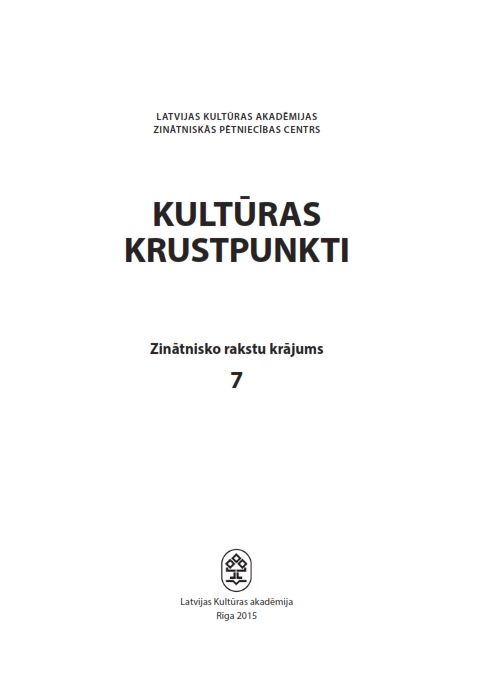Radošuma aktualizācija Latvijas darba tirgū: radošas personas un izglītība
Actualisation of Creativity in the Latvian Labour Market: Creative Persons and Education
Author(s): Agnese TreimaneSubject(s): Fine Arts / Performing Arts, Culture and social structure , Higher Education , Sociology of Culture, Human Resources in Economy, Sociology of Education
Published by: Latvijas Kultūras akadēmija
Keywords: creative persons; labour market; art universities; creative class; education in Latvia;
Summary/Abstract: Creativity has become a characteristic feature and a driving force of the contemporary labour market. The researcher Richard Florida characterises the creative professionals as a modern basic class. Creativity is viewed as a basic feature of each person and sustainability of the state. However, this raises the question in what way representatives of creative professions become part of and compete in an environment of general creativity. How grounded is it to speak about a law for creative persons when it is so problematic to define the target group of this law and the representatives of those professions who will be able to claim relief and privileges that this law would provide? Creative persons or representatives of creative professions is a complex, non-homogeneous and problematic group, the same as students of art universities in Latvia who, although they acquire education and skills of a similar profile, is a non-homogeneous, split and essentially different group, which does not lend itself to analysis when we speak about their common adequacy to the labour market in Latvian. Does a student who graduates from the Art Academy of Latvia, the Latvian Academy of Culture or the Jāzeps Vītols Latvian Academy of Music become a creative person, a creative professional or a representative of a creative profession, or all of them together? Or perhaps none of the above? How adequate to and ready for the labour market is this graduate? To what extent does it matter which of the universities has been graduated and how significant it is in the future career of the graduate? The paper seeks answers to these questions and attempts to establish what connection exists between the creative class, creative people, representatives of creative professions, graduates-bohemians and students of Latvian art universities.
Journal: Culture Crossroads
- Issue Year: 7/2015
- Issue No: 1
- Page Range: 111-123
- Page Count: 13
- Language: Latvian

